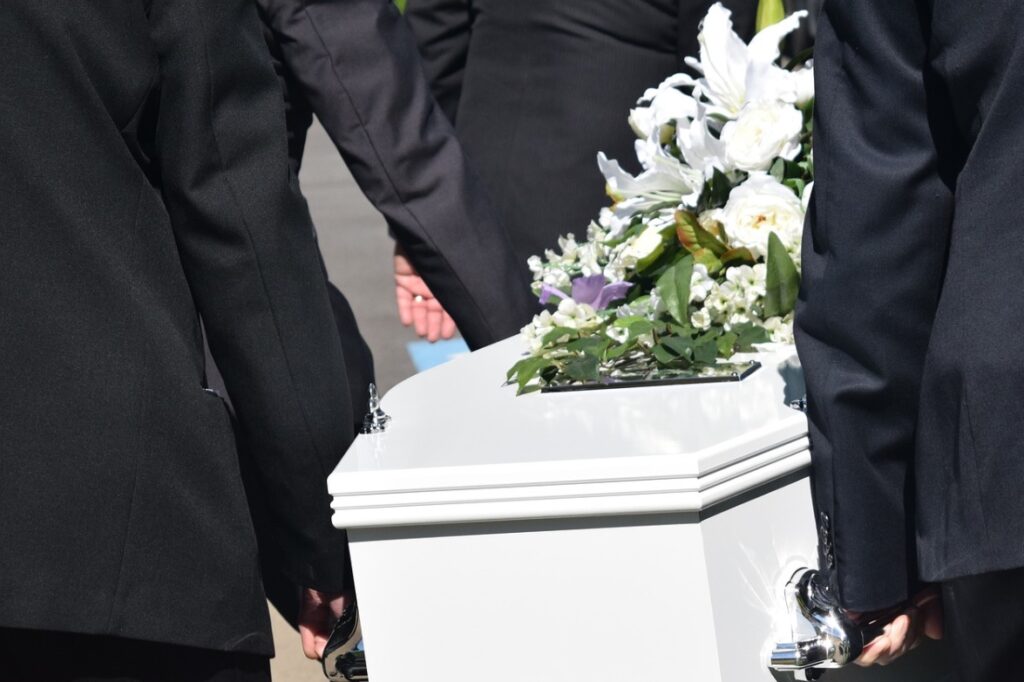When you are either a victim of a wrongful death case or you are the one responsible for it, there are several essential aspects of the case that you need to know. Below, we will answer six questions to help you better understand wrongful death cases.
What is a Wrongful Death Case?
A wrongful death case is a civil lawsuit that is brought against the person who is responsible for the death of another individual. There are three parties in a wrongful death case: the decedent (the deceased), the personal representative of the decedent (a person appointed by a court to administer the property of a deceased person), and the beneficiaries of the decedent. The personal representative has to file the case against the person who is responsible for the death, not the decedent’s beneficiaries.
What Rights Do the Beneficiaries have?
Beneficiaries have several rights, but the most fundamental is the recovery of the value of their inheritance. The decedent’s plan will directly affect how much the beneficiaries will receive. If the decedent were an employer, the beneficiaries would receive their salary. If the decedent were a regular employee, benefits would be based on the state minimum wage.
Furthermore, beneficiaries will also recover all of their medical and funeral expenses after filing a wrongful death case. If the decedent had no financial position to pay for the medical expenses before their death, the beneficiaries would recover them based on the Fair Labor Standards Act. There are two types of recovery in a wrongful death case: economic and non-economic damages.
How are Damages Calculated?
Damages can be economic or non-economic. Economic damages include medical costs and funeral expenses. These are both objective facts that have a specific monetary value. The medical expenses are the easiest to determine because they already have an established fee schedule for every medical procedure. The funeral expenses are the same because they have a price tag.
Non-economic damages include loss of future income, pain, the suffering of the beneficiaries, and loss of companionship. These damages are subjective and will not be easy to calculate. To determine the amount of non-economic damages, you must look into the decedent’s life and calculate their worth.

What are the Rights of the Responsible Party?
The responsible party has the same rights as the beneficiaries. The only difference is that instead of being entitled to share in the estate of a deceased person, they are entitled to defend their case. They can plead not guilty and hire an attorney to defend them.
The responsible party also has the right to appeal a court’s decision. However, if the responsible party does not follow the court’s decision, they could be penalized with additional fines.
What are the Processes in a Wrongful Death Case?
The first process is determining the value of the assets and liabilities at the time of death and then determining the value of these assets and liabilities at the time of death. The other step is to compute the value of non-economic damages and the last one is to pay all the case expenses and compensate both parties for their respective recovery.
How Do You File a Wrongful Death Case?
You may file a wrongful death case immediately after the decedent’s death, within two years and a day. You also have to prove that the loss is relative to another person’s negligence. When you file the case, you need to demand a jury trial. If you are the beneficiary of the deceased, you need to prove that there was a relationship between yourself and the decedent and that your loss is related to their death.
So, the next time you are involved in a wrongful death case, you will know more about what to expect. These six questions can help you understand these cases more thoroughly and prepare for whatever happens.
